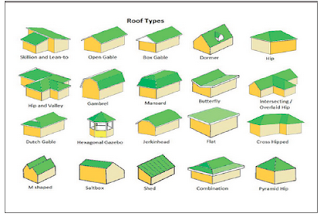Polyurea Coated and Plane Reinforced Concrete Panel Behavior under Blast Loading: Numerical Simulation to Experimental Results (TCEIA) - Lupine Publishers
This research investigated the behavior of reduced scale standard reinforced concrete panels coated with various polyurea systems under blast loading. The blast mitigation performance of four coatings including two plain polyureas and two discrete fiber-reinforced polyurea (DFRP) systems was evaluated. Chopped E-glass fibers were discretely integrated in with the polyurea to develop a DFRP system. The addition of glass fiber to a polymer coating provides improved stiffness and strength to the composite system while the polyurea base material provides ductility according to a fiber length optimization study conducted by Carey and Myers (2011) [1]. Reduced scale panel blast testing was conducted. In addition, the finite element program LS-DYNA was used to model panel and coating response under blast loading. Several modeling solutions were undertaken and compared for concrete formulation. Winfrith concrete material, model and Surface Cap model, which are widely used to simulate the concrete behavior under dynamic loading, were examined. Modeling results were analyzed and compared to the experimental work to validate the conclusions.
https://lupinepublishers.com/civil-engineering-journal/fulltext/polyurea-coated-and-plane-reinforced-concrete-panel-behavior-under-blast-loading-numerical-simulation-to-experimental-results.ID.000119.php
For more Lupine Publishers Open Access Journals Please visit our website: http://www.lupinepublishers.com/
For more Civil Engineering Research Journal articles Please Click Here: https://lupinepublishers.com/civil-engineering-journal/
This research investigated the behavior of reduced scale standard reinforced concrete panels coated with various polyurea systems under blast loading. The blast mitigation performance of four coatings including two plain polyureas and two discrete fiber-reinforced polyurea (DFRP) systems was evaluated. Chopped E-glass fibers were discretely integrated in with the polyurea to develop a DFRP system. The addition of glass fiber to a polymer coating provides improved stiffness and strength to the composite system while the polyurea base material provides ductility according to a fiber length optimization study conducted by Carey and Myers (2011) [1]. Reduced scale panel blast testing was conducted. In addition, the finite element program LS-DYNA was used to model panel and coating response under blast loading. Several modeling solutions were undertaken and compared for concrete formulation. Winfrith concrete material, model and Surface Cap model, which are widely used to simulate the concrete behavior under dynamic loading, were examined. Modeling results were analyzed and compared to the experimental work to validate the conclusions.
https://lupinepublishers.com/civil-engineering-journal/fulltext/polyurea-coated-and-plane-reinforced-concrete-panel-behavior-under-blast-loading-numerical-simulation-to-experimental-results.ID.000119.php
For more Lupine Publishers Open Access Journals Please visit our website: http://www.lupinepublishers.com/
For more Civil Engineering Research Journal articles Please Click Here: https://lupinepublishers.com/civil-engineering-journal/








